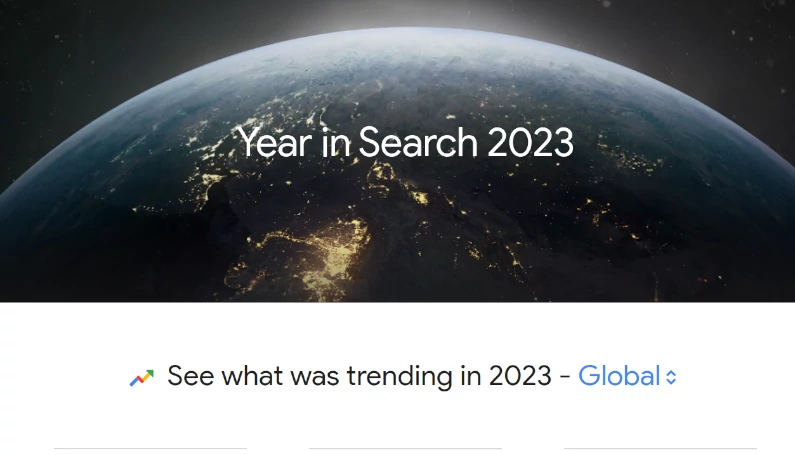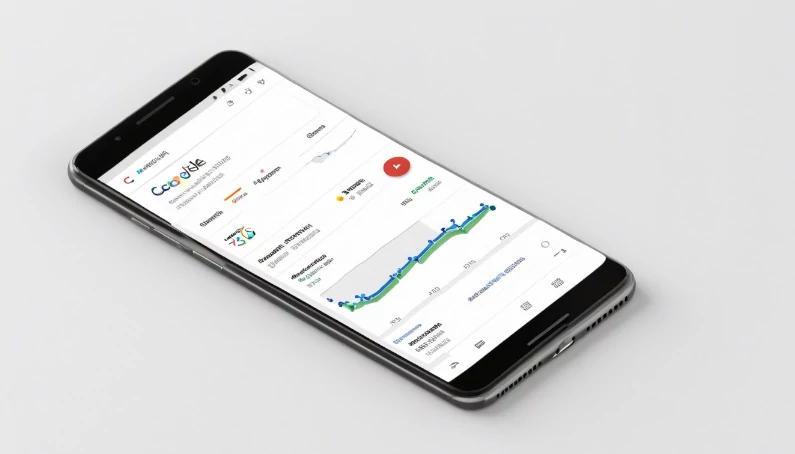Category: Blog
-
Five new and exciting Android features announced by Google at CES 2024
Google has revealed several new features coming to Android users, including easier sharing between Android devices. At CES 2024, Google announced several new Android features that will excite smartphone enthusiasts, including a Quick Share feature across all Android devices, the expansion of Fast Pair to Chromecast and other Google TV devices, and the ability to…
Written by

-
Google updates the Structured Data Guide for job postings
Greater clarity on notifications of changes to Google Google recently provided more details on the JobPosting structured data guide , offering clearer guidance on how to send notifications of changes to web pages and keep the search engine informed about new pages. Updated guide for job offers The updated guidance aims to change the requirements…
Written by

-
Closure of websites created with Google Business Profiles: what does it mean for businesses?
On January 9, 2024, Google announced it would shut down websites created through Google Business Profiles , requiring businesses to rebuild their sites using alternative platforms by March. Deadline imminent Starting in March, websites created through Google Business Profiles will be disabled, and visitors who attempt to access them will automatically be redirected to your…
Written by

-
Google’s trends for 2024 New Year’s resolutions
2024 has arrived and with it the traditional time for reflection and setting new goals for the year ahead. According to Google, there are four major trends emerging from this year’s New Year’s resolutions, and they include crucial aspects such as health , financial savings , travel and sustainability . Google Trends expert Sarah Armstrong…
Written by

-
A Year of Searches 2023: The Global Trends That Dominated Google Queries
As 2023 comes to a close, Google has revealed what captured the world’s attention in its “Searches of the Year.” From cultural highlights to global tragedies, here’s a look at Google’s top search trends of the year. War at the Top of the Trends The ongoing war between Israel and Hamas dominated news searches in…
Written by

-
Controversy over Gemini AI: Google admits misleading demonstration video
Mountain View December 8, 2023 – Google is at the center of an artificial intelligence controversy after admitting that a Gemini AI demonstration video was doctored to exaggerate the capabilities of competitor GPT-4. On Wednesday, Google released a demonstration video titled “Hands-on with Gemini: Interacting with multimodal AI,” which appeared to showcase the new Gemini…
Written by

-
Core Web Vitals: Complete Guide to Optimizing Your Online User Experience
A client asked me what Core Web Vitals are and why they are so important. To respond to him and to anyone who needs more information on this topic, here is a complete guide, hoping it will be useful to those who read it. Let’s explore the Core Web Vitals together, the key performance indicators that directly influence…
Written by

-
Search Console: Google Withdraws Mobile Optimization Tools
Google recently announced the official retirement of the Google Search Console Mobile Usability Report, Mobile-Friendly Testing Tool, and Mobile-Friendly Testing API. These tools, which have played a crucial role in helping website owners improve the mobile experience, are no longer available as of December 1, 2023. The Google Message On December 4, Google confirmed the…
Written by

-
Complete Guide to Anchor Texts: Optimization and Best Practices
Definition of Anchor Text and its role in Web navigation. Anchor text is the highlighted or clickable portion of text in a hyperlink. It may consist of a single word, a sentence, or even an image. Its main function is to provide users with a clear indication of the content or theme of the page…
Written by

